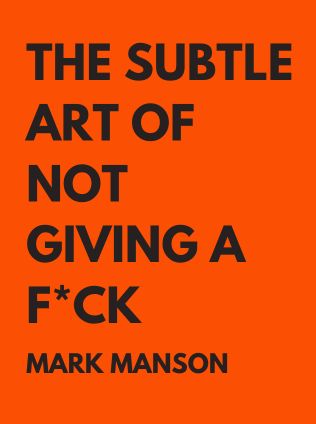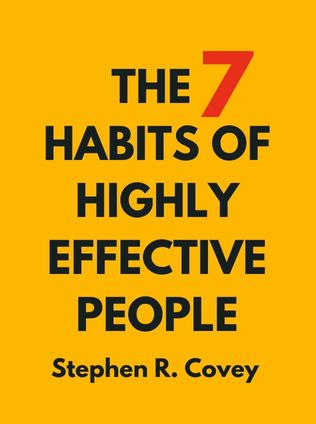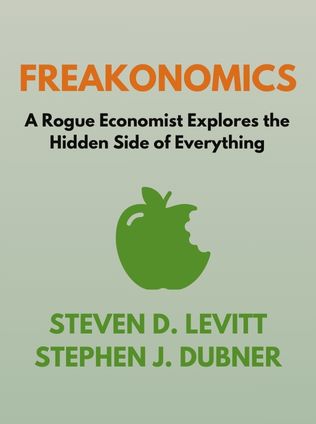
The Power of Habit
Why We Do What We Do in Life and Business
By Charles Duhigg
Published 02/2012
About the Author
Charles Duhigg, an investigative reporter for The New York Times, has garnered accolades such as the National Academies of Sciences, National Journalism, George Polk, and Gerald Loeb awards. He was also part of a team that was a finalist for the 2009 Pulitzer Prize. Duhigg frequently contributes to This American Life, NPR, PBS Newshour, and Frontline. With a robust academic background from Harvard Business School and Yale University, Duhigg brings a wealth of knowledge and expertise to his exploration of human habits.
Main Idea
In The Power of Habit, Charles Duhigg delves into the science of habits, examining why they exist, how they function, and how they can be changed. Through a series of engaging narratives, Duhigg illustrates the profound impact habits have on our lives, from personal behaviors to organizational routines. At the heart of the book is the concept of the "habit loop" – a three-step process consisting of a cue, a routine, and a reward. By understanding and manipulating these elements, individuals and organizations can transform negative habits into positive ones, leading to significant improvements in health, productivity, and overall well-being.
Table of Contents
- Introduction
- Part I: The Habits of Individuals
- Part II: The Habits of Successful Organizations
- Part III: The Habits of Societies
- Conclusion
Introduction
Part I: The Habits of Individuals
The first part of the book focuses on how habits form in individuals and the science behind them. Duhigg explores the neurological basis of habits, particularly the role of the basal ganglia in habit formation. He presents the concept of "chunking," where the brain converts a sequence of actions into an automatic routine.
The Habit Loop: How Habits Work
Duhigg illustrates the habit loop with a study involving rats in a maze. Initially, the rats explored the maze erratically, but over time, they learned to navigate it efficiently. This process involved a cue (the click of a partition), a routine (navigating the maze), and a reward (chocolate). As the routine became more automatic, the rats' brain activity decreased, highlighting how habits free up mental energy for other tasks.
Sign up for FREE and get access to 1,400+ books summaries.
You May Also Like
The Subtle Art of Not Giving a F*ck
A Counterintuitive Approach to Living a Good Life
By Mark MansonRich Dad Poor Dad
What the Rich Teach Their Kids About Money - That the Poor and Middle Class Do Not!
By Robert T. KiyosakiHow To Win Friends and Influence People
The All-Time Classic Manual Of People Skills
By Dale CarnegieFreakonomics
A Rogue Economist Explores the Hidden Side of Everything
By Steven D. Levitt and Stephen J. Dubner



















